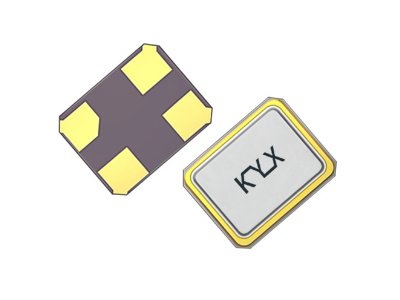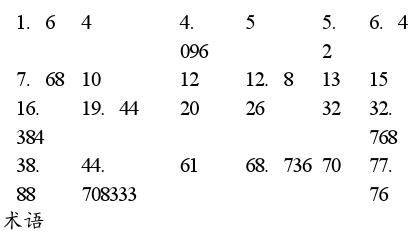In recent years, the demand for crystal oscillators has surged, making them a mainstream product in the frequency component market. Common packaging sizes include 7050mm, 5032mm, 3225mm, 2520mm, and 2016mm for surface-mount crystal oscillators.
An active crystal oscillator is a high-end quartz oscillator that boasts many excellent features, such as built-in voltage, high stability, low power consumption, low phase jitter, and low voltage requirements.

Active oscillators can output larger, reshaped electrical signals that meet the required standards and drive loads or subsequent gate circuits. Additionally, they are sometimes used to buffer and amplify the sine signals generated by an oscillator (OSC), typically for use in logic level conversion circuits, frequency division, and frequency multiplication.

The output level of a sine wave can be expressed in VPp (Peak-to-Peak Voltage), VRMs (Root Mean Square Voltage), or dBm. The calculation formulas are as follows:

Formulas will follow based on the specific needs of the user (you can input your specific formulas).
If necessary, the harmonic suppression ratio should also be specified.
For square or rectangular wave output levels, the type of logic should be specified, such as TTL, CMOS, HCMOS, or ECL, and whether the signal includes DC components. Additionally, other parameters of the pulse waveform, such as duty cycle, rise time, fall time, and overshoot, should be noted. The standard output load is typically 50Ω, 1kΩ, 10kΩ/10pF, or used to drive multiple gate circuits.
If the active crystal oscillator has special noise coefficient requirements, the oscillation, amplification circuits, and power supply design must be strictly controlled. For example, low-noise transistors, low-noise voltage-controlled oscillators, and low-voltage operating designs can be chosen to reduce noise, and each stage of the circuit must be matched to ensure no reflections or radiation.
Based on the methods of frequency modulation and stabilization, crystal oscillators can be categorized into the following five types:
- PXO(Packaged Crystal Oscillator)
- VCXO(Voltage-Controlled Crystal Oscillator)
- TCXO(Temperature-Compensated Crystal Oscillator)
- OCXO(Oven-Controlled Crystal Oscillator)
- Combination Oscillators(VCXO, VC-TCXO, VC-OCXO)

Active crystal oscillators typically have nominal frequencies in MHz, including frequency multiplication and division.
Professional terms related to surface-mount active crystal oscillators include nominal frequency, operating temperature range, frequency stability with temperature variation, frequency stability with load variation, frequency stability with supply voltage changes, short-term frequency stability, daily aging rate, annual aging rate, control voltage, control linearity, adjustment error, pull range or pull sensitivity, starting current, steady-state current, phase noise, power supply, etc.
When using active crystal oscillators, it’s essential to choose a power supply with good voltage regulation and minimal temperature drift. When the input voltage fluctuates by ±5% or ±10%, the output voltage should vary within a range of 10~100ppm/℃. Common power supply voltages include 1.8V, 2.5V, 3.3V, and 5V.
Note: This article aims to provide valuable knowledge about crystal oscillator products.

